the lafontaine-turgeon trade
By Stan Fischler
Bill Torrey meant business, and the bow-tied boss didn't mind telling you why.
He described the just completed 1990-91 season as his "worst experience" over 31 years in the game. "I assume responsibility for the product," he asserted. "This team has to be recycled."
Since their last trip to the Final in 1984, the Islanders had recorded a disappointing 237-256-66 mark. It demanded a roll of the dice -- namely trades.
Who should stay and who should go? Those were the questions confronting Hamlet Torrey.
Torrey’s priority pair of trading chips seemed unlikely because they represented two of the team's best and most popular skaters.
Captain Brent Sutter was the last remaining star from the Dynasty Team, while Pat LaFontaine had become, hands-down, the post-dynastic face of the franchise.
That said, each of the two aces had given Torrey good reason for migraines – dissension.
LaFontaine wanted a new contract, preferably elsewhere in North America. Sutter had his own gripes.
“The rebuilding program has not gone the way I’d hoped it would,” beefed Sutter. “It’s probably the hardest thing I ever experienced.”
As the summer of 1991 evolved, the GM began talks with rival general managers. Meanwhile, there was no global warming during contract talks between LaFontaine and his boss.
LaFontaine didn’t report to training camp and demanded a trade. The team opened in Boston without the center and beat the Bruins, 5-4.
“Our intangible this season,” chirped goalie Glenn Healy, “will be heart.”
But heart can only stop so many pucks, and in the club's fifth game of the season Pittsburgh filled the New York net seven times. That did it for Torrey.
On October 25, 1991, Torrey moved his disconsolate forwards -- a double-dip blockbuster deal that sent reverberations from Uniondale to Montauk Point.
LaFontaine -- along with forward Randy Wood and defenseman Randy Hillier -- were dispatched to Buffalo. In return, the Isles obtained center Pierre Turgeon, forwards Benoit Hogue and Dave McLlwain. and defenseman Uwe Krupp.
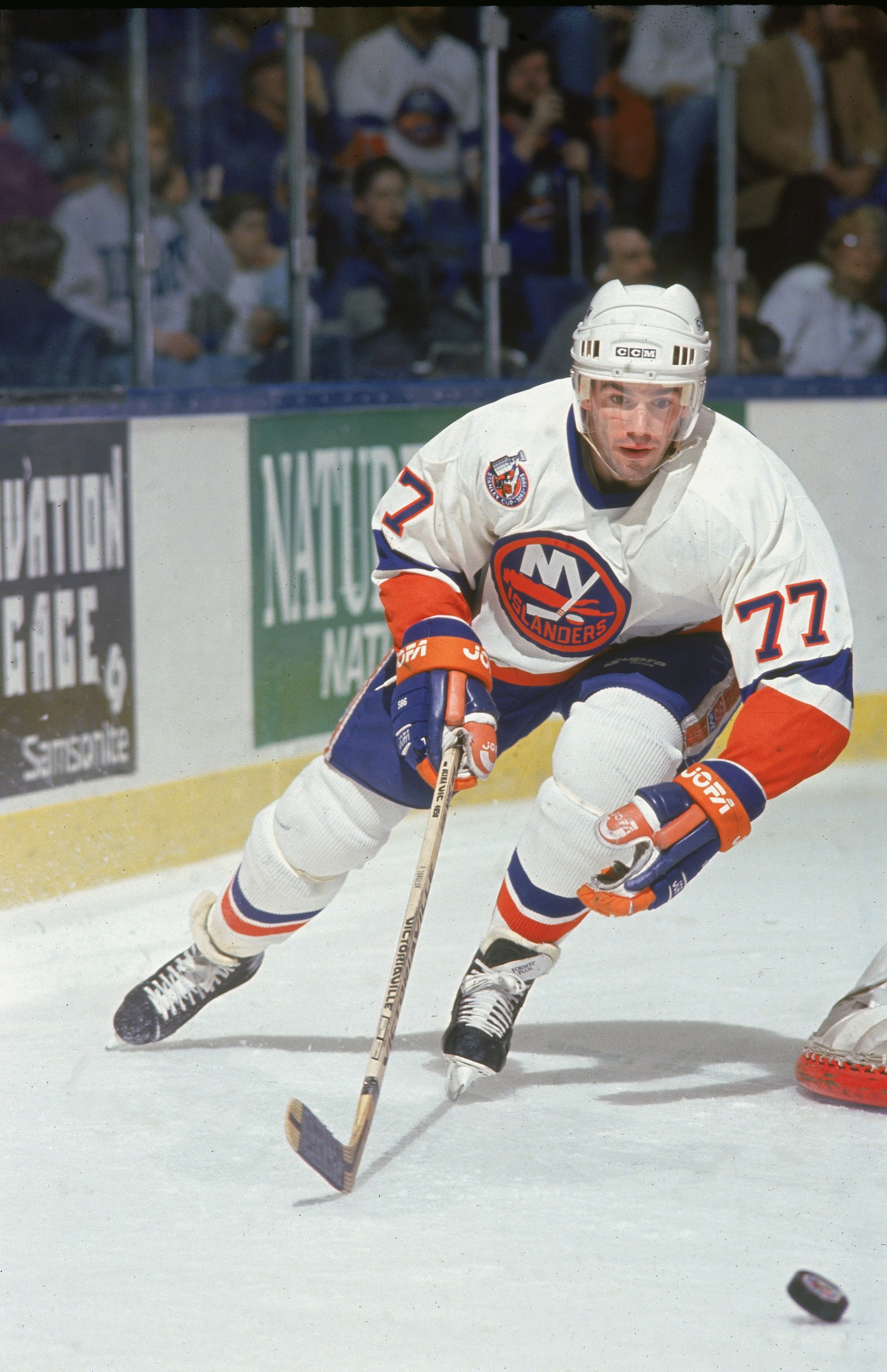
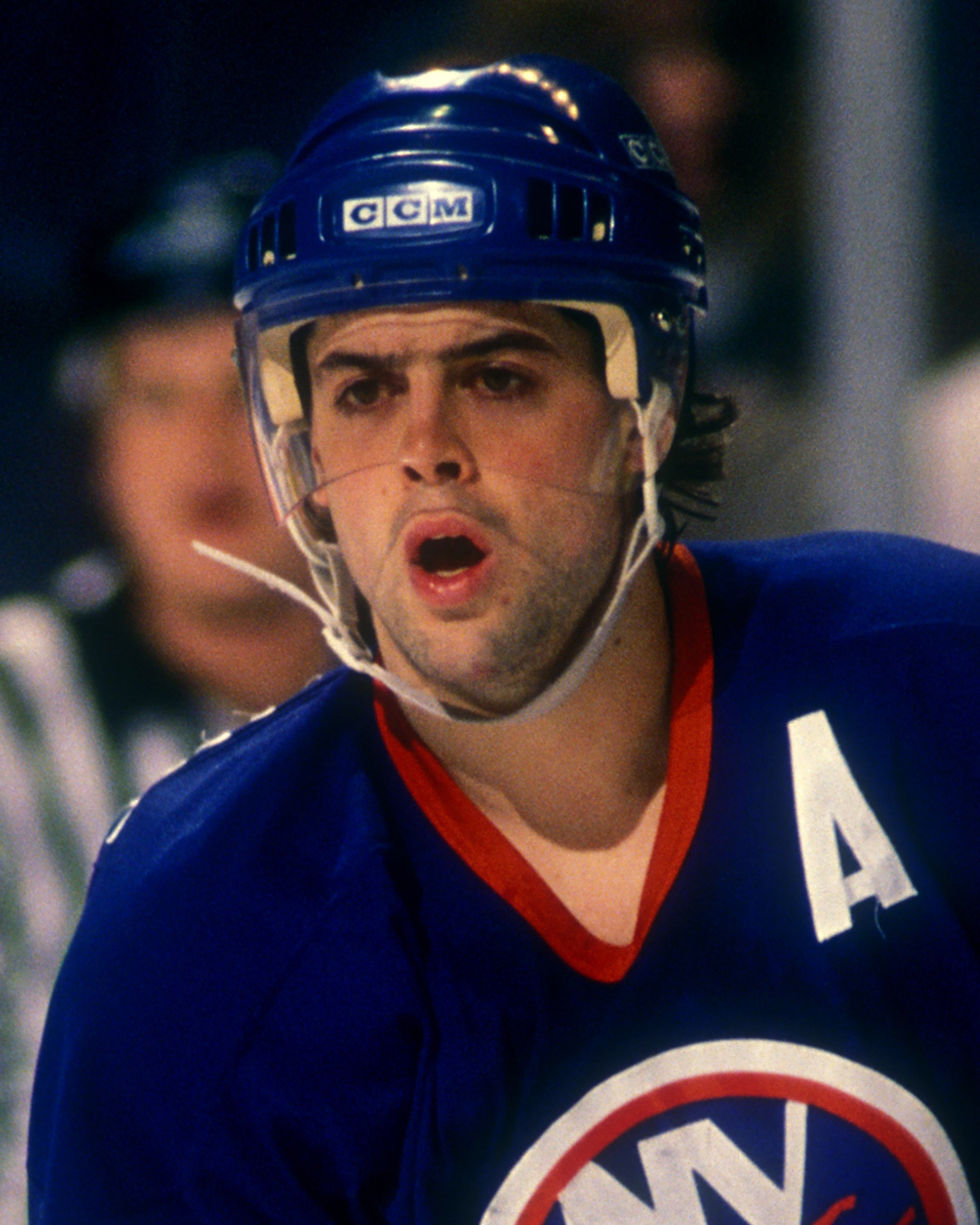
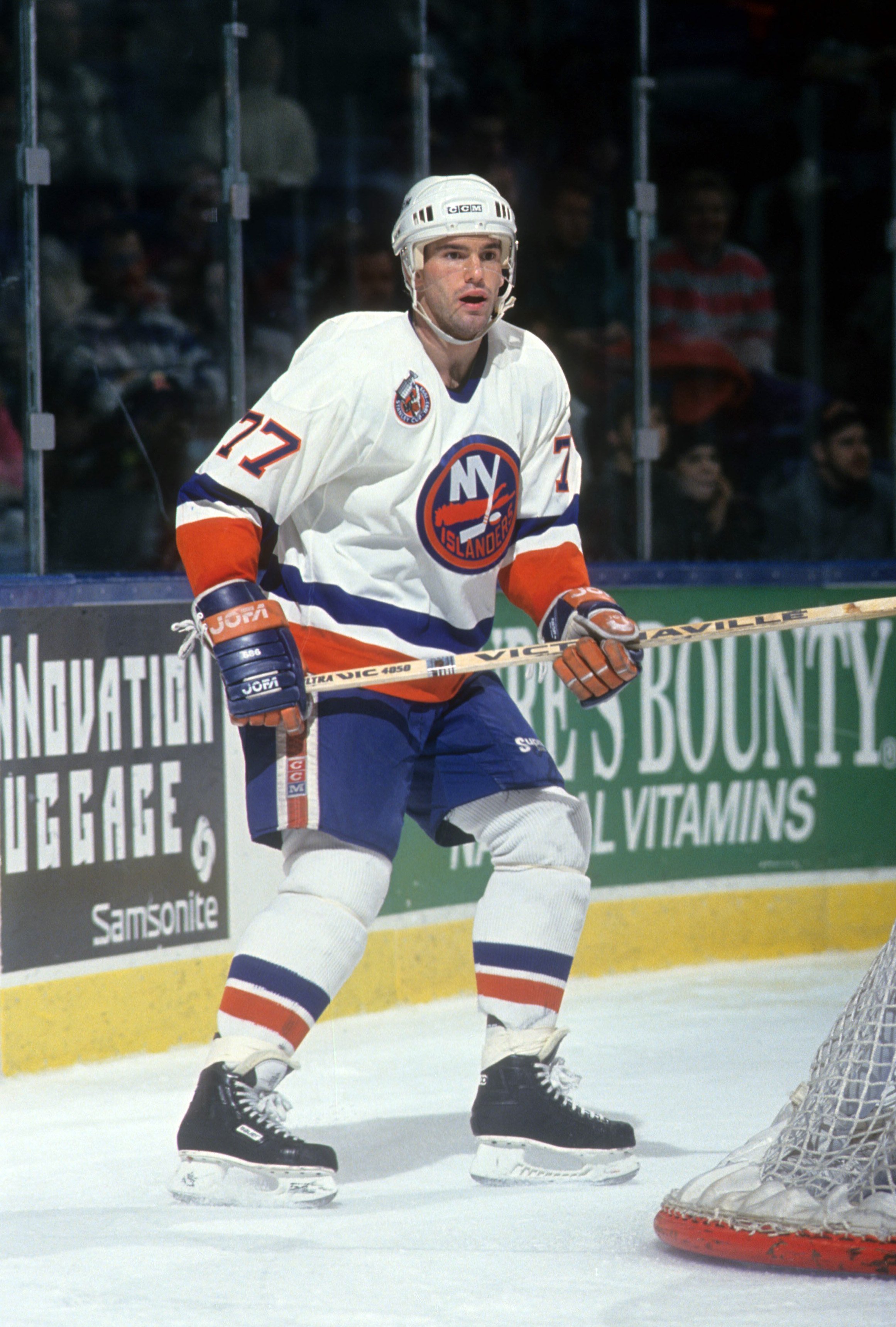
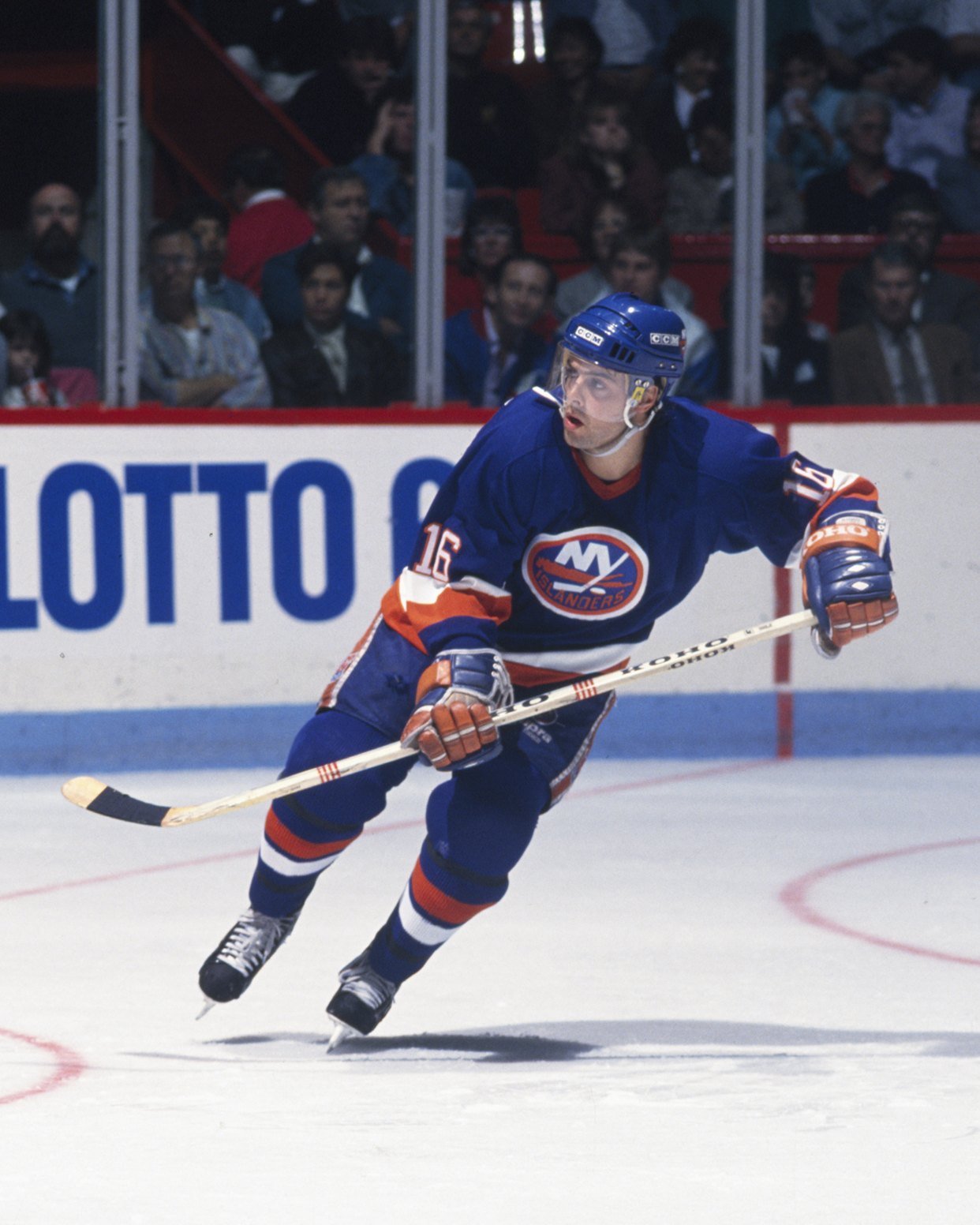
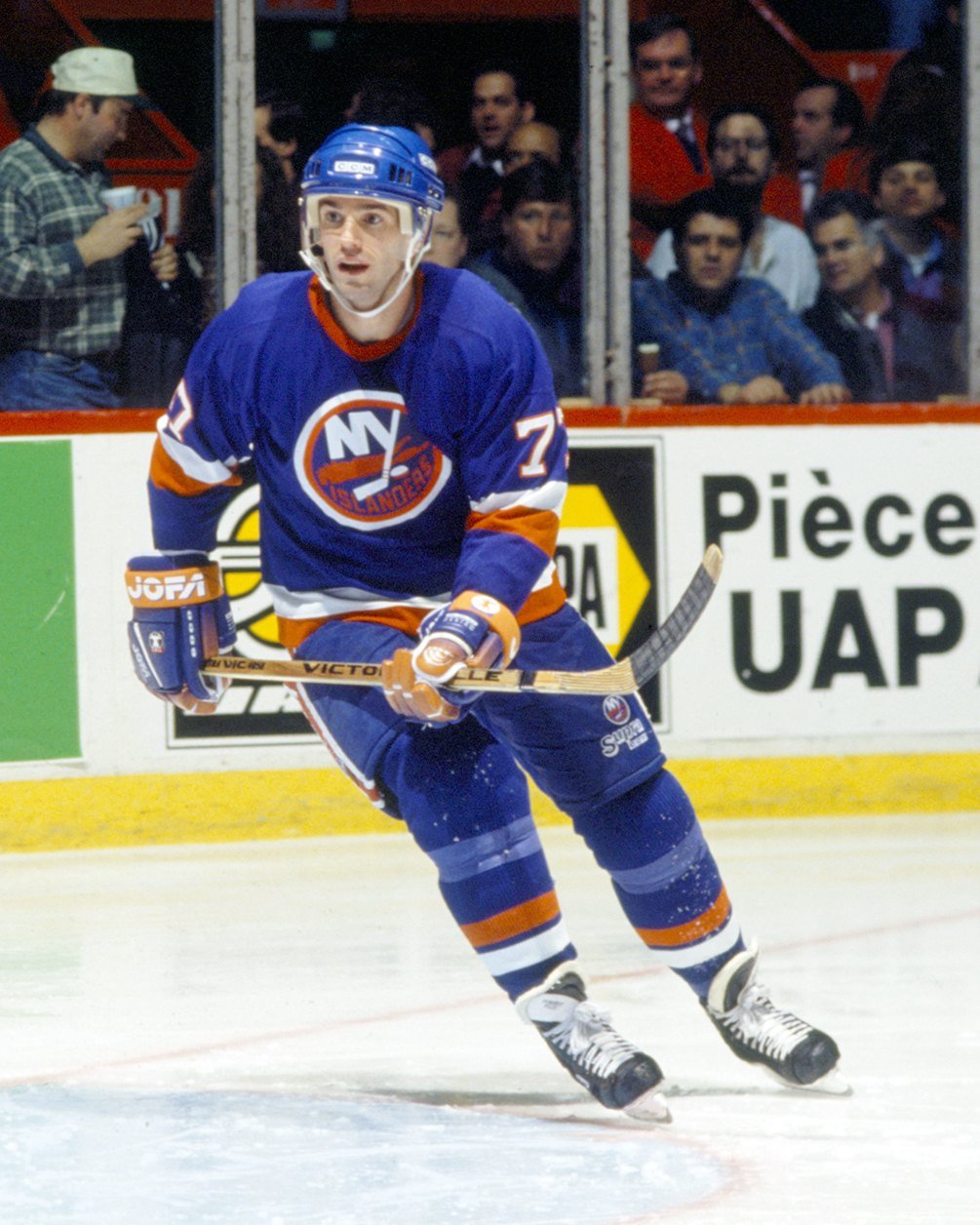
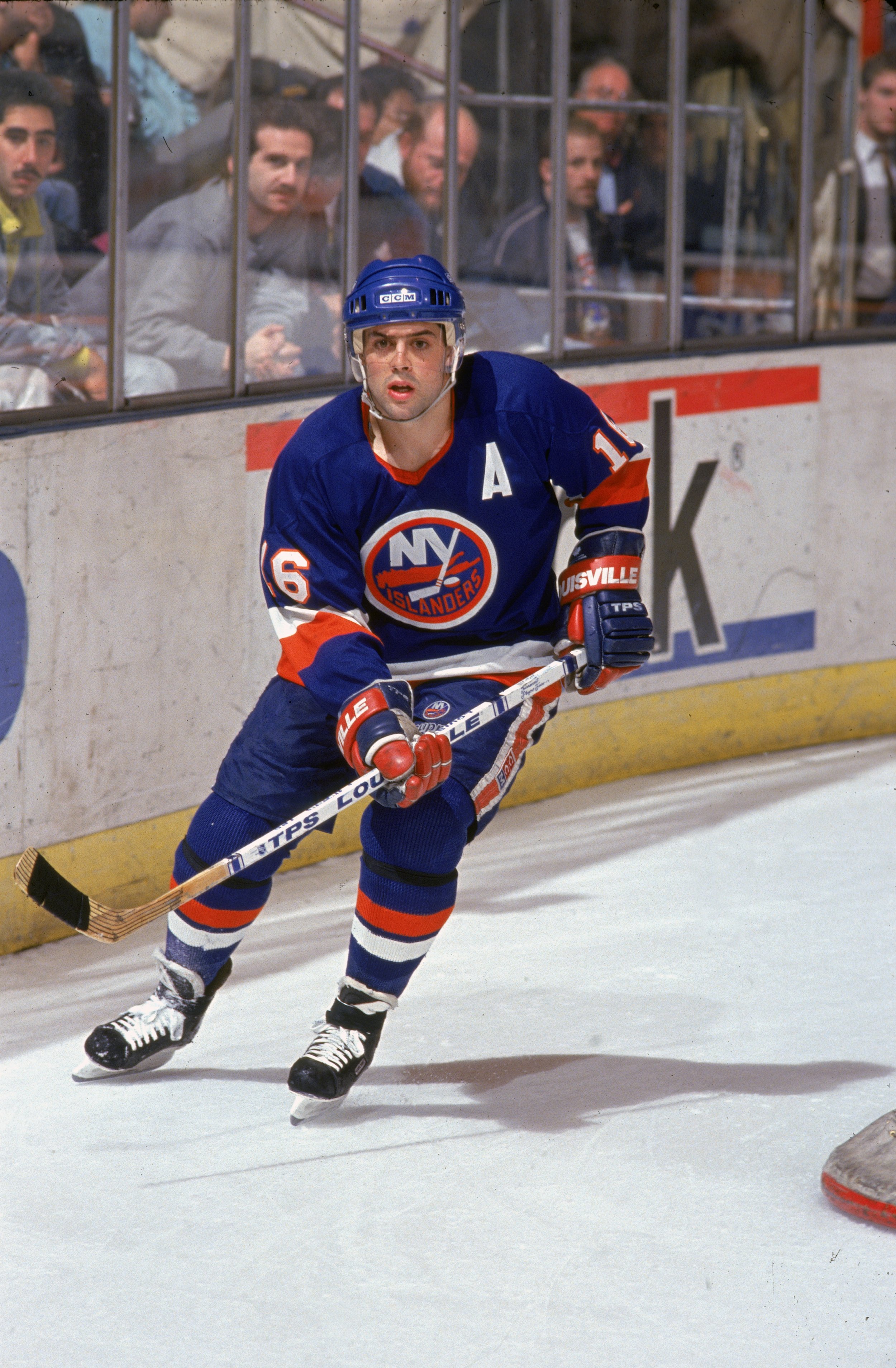
Not that another shocking headliner was necessary, but Torrey found a new home for Sutter in Chicago. Brent and forward Brad Lauer became Blackhawks in exchange for Steve Thomas and Adam Creighton.
“We’re bigger, younger, aggressive and feisty,” Torrey declared.
Notice, he didn’t say “better” but that fact would be determined in good time; especially in the cases of Turgeon and Hogue.
While Turgeon may have lacked LaFontaine’s ebullient personality, he ripened into a classy pivot who would contend for the Hart Trophy as the NHL’s MVP.
Benny proved just as popular for his hustle, occasional muscle and skill as a penalty killer; not to mention, he was a clubhouse comic.
When coach Al Arbour suggested to Hogue that Benny study tapes of perennial Selke (defensive forward) Trophy candidate, Guy Carbonneau, Benoit shot back, "Nah, I can be a lot better than that guy."
Creighton -- all 6’5” of him -- had the size and ability to become a star but never fulfilled his potential. But Thomas was another good get; a rugged sharpshooter whose drives had "clutch" written all over them.
Necessary as the deals were, Torrey's sentimental side inevitably intruded. After all, he had drafted both Sutter and LaFontaine when they still were Junior hockey players. Torrey’s avuncular feelings never disappeared.
"You replace the player," the Boss said of both Brent and Patty, "but you do not replace the person."
Sutter was moved to tears as he packed his equipment bag for the trip to Chicago.
"I have a lot of memories," he reflected. "I love this place.”
And in his adjoining office, coach Arbour wept as well. "Brent," Radar managed to mutter, "is like one of my sons."
As if to put a coda on the soap opera scene, Al realized a leadership void had been created with Sutter's department. He quickly wiped away the tears and donned his coach's cap.
"Wait a minute," the coach announced, "Pat Flatley is my new captain!"

